Cadence University Program Member Page
Academics
EE102 Introduction to Electrical Engineering
Freshman electrical engineering students learn various aspects of electrical engineering from the ground up. Using Cadence tools: Capture CIS and Layout, students design and simulate a atmospheric temperature sensor to be flown on a tethered balloon. Students produce appropriate manufacturing output that is then used to control a milling machine which creates their board. Below is an example of the artwork generated for one of their boards
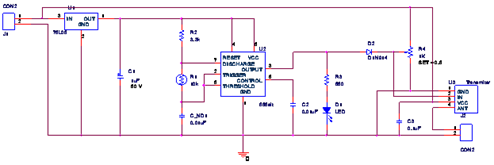 Figure: Schematic of temperature sensor
Figure: Schematic of temperature sensor
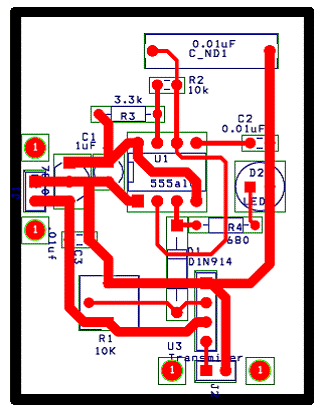 Figure: Temperature sensor layout
Figure: Temperature sensor layout
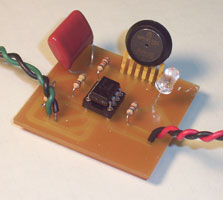 Figure: Board
Figure: Board
EE203 Electrical Engineering Fundamentals I
EE204 Electrical Engineering Fundamentals II
EE333 Physical Electronics
As a final project in EE333 students are required to design and build a three stage amplifier to meet certain specifications. Students use their increasing skills at simulation in the Cadence environment to aide in their design.
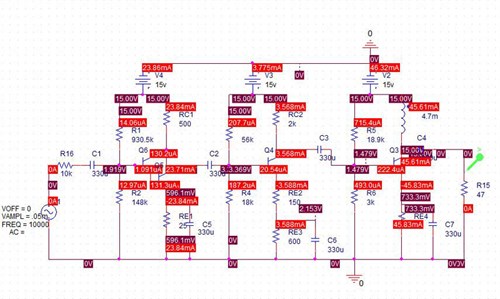 Figure: PSpice analysis of finalized design
Figure: PSpice analysis of finalized design
EE334 Electronic Circuit Design
All of the core circuits courses offered at UAF make use of circuit simulation tools supplied by Cadence. Each course builds on previous experience with Cadence simulation tools by having the students generate increasingly more complicated simulations. By EE334 students are analyzing circuits, designing models of those circuits, and verifying their models simulations. Shown below is an op-amp circuit and its model representation along with the verifying simulations.
Figure: Single pole inverting amplifier
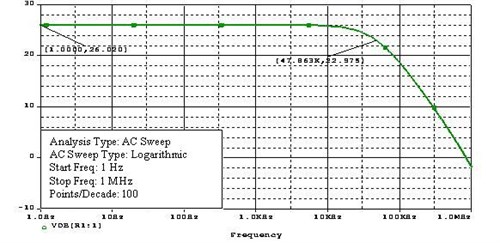 Figure: Magnitude-frequency plot of single pole amplifier gain
Figure: Magnitude-frequency plot of single pole amplifier gain
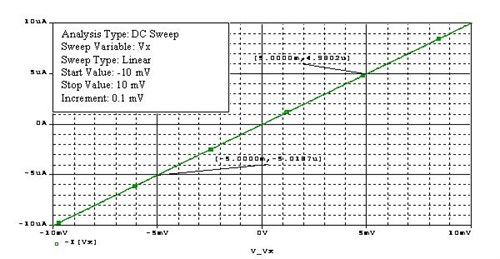 Figure: I-V curve at input to single pole amplifier circuit.
Figure: I-V curve at input to single pole amplifier circuit.
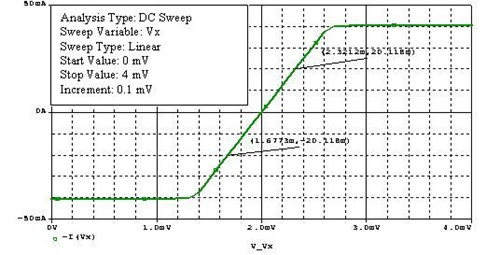 Figure: I-V curve at output of the single pole amplifier circuit.
Figure: I-V curve at output of the single pole amplifier circuit.
EE693 VLSI Design
In this class, students learn VLSI design techniques using Static CMOS, as well as Dynamic CMOS technologies. Homework assignments and projects are completed using the Cadence Design Framework II environment with tools such as Virtuoso Layout Editor and Composer for Custom IC designs, and transistor schematics. Simulations allow students to connect theory to practical applications. Students create full custom layouts for their circuits with complete analysis of the performance, power, area, and noise immunity parameters.
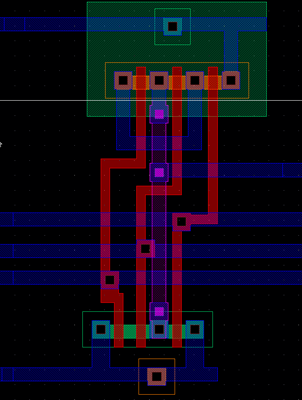
Space Systems Engineering Program
The Space Systems Engineering Program provides interdisciplinary engineering and science students with hands-on experience in all aspects of space systems engineering through a design, build, launch paradigm applied to balloon and rocket payloads and small satellites. Our current project is the Alaska Research CubeSat (ARC1) which is selected for launch under the NASA CubeSat Launch initiative. All electrical subsystems are designed using Cadence tools.
 Figure: ARC1 attitude determination and control system
Figure: ARC1 attitude determination and control system
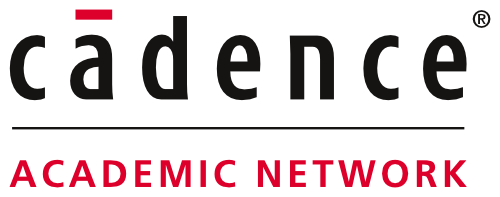
Cadence is a registered trademark of Cadence Design Systems, Inc. 2655 Seely Avenue, San Jose, CA 95134
Updated July 26, 2022


